On a warm weekday afternoon in November, LJI staff noticed five individuals making their way through crowds of people at the bus station where they monitor—a young couple with a 1-year-old child and two other adults in their twenties.
“We saw they were crying when we spoke to them,” one of the monitors shared. “I saw in them a state of fear and alert.”
Prevention: not knowing for sure
Every day, Love Justice monitors around the world intercept potential human trafficking victims and help them get home safely. While the monitors are well trained to determine when a person is likely in the process of being trafficked, the preventative nature of the work means that most of the time, no one knows for sure what would have happened if LJI staff hadn’t intervened. Most often, the intercepted individual returns home without ever knowing the full extent of the harm they avoided.
January is Human Trafficking Prevention Month, and this is the messy part of prevention work—the not knowing.
But in this rare recent story from our team in Argentina, LJI monitors got to see both sides of the story—to see what would happen if our teams weren’t there.
The group splits
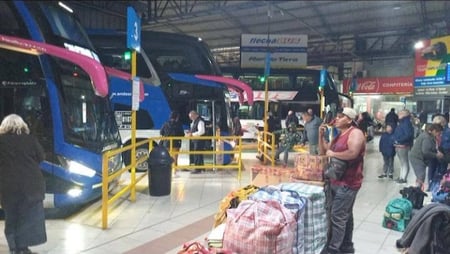
The monitors observed this group of frightened young adults and approached to learn more.
Someone had offered them jobs in Buenos Aires working at a nursing home taking care of the elderly. The recruiter had also covered all their travel expenses and promised a high salary, despite the fact that no one in the group had any relevant job experience.
As these are all red flags indicating human trafficking, the staff worked to persuade them of the dangers they might face if they continued their journey. In the end, the couple with the child heeded the warning and accepted help getting back home—but the other two decided to keep going anyway. (Pictured: the bus station where the team intercepted the group of young people.)
“We did everything possible to convince the other two people not to continue on their journey and accept our help, but still they refused. I felt sad and helpless because I knew those two people were going to be victims of exploitation,” said a monitor who helped with the case.
The team gave the two young people their contact information and told them to call if they ran into trouble.
“We prayed and asked God that they would be able to communicate with us if they needed help,” the monitor shared.
Two weeks later, the team did receive a message from the two young adults. They had been locked up and forced to work 16 hours a day without food. Their identification documents had been taken from them, and they were abused regularly.
LJI staff immediately filed a report with the human trafficking department of the police. The police carried out a raid and successfully removed the two individuals to safety.
Our strategy works!
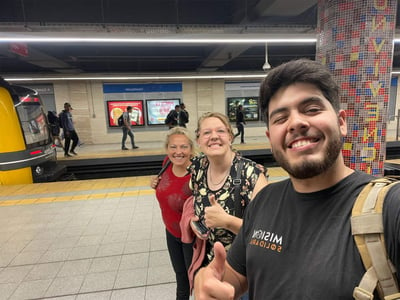
We praise God for these two lives which were able to regain their freedom, and for the three that turned back before they could be subject to that fate!
This story encourages us that our strategy actually works. We are helping to prevent vulnerable people from being deceived into situations of human trafficking.
Since we began our anti-trafficking work as an organization in 2006, we’ve intercepted more than 50,000 people to prevent them from being trafficked, all with the crucial help of our generous donors. Our current cost per intercept, all overhead costs included, is about $173.
(Pictured: some of our Argentinian monitors at the bus station where they work.)
This January during Human Trafficking Prevention Month, will you consider donating to support our work and keep someone free from the injustice of human trafficking this month?
*All data and statistics current at the date and time of publishing. Names changed and some specific locations excluded for privacy and security purposes. Images are representative and do not picture actual victims.
-1.png?width=500&height=500&name=LJI_MAINLOGO_WhiteBackground%20(1)-1.png)

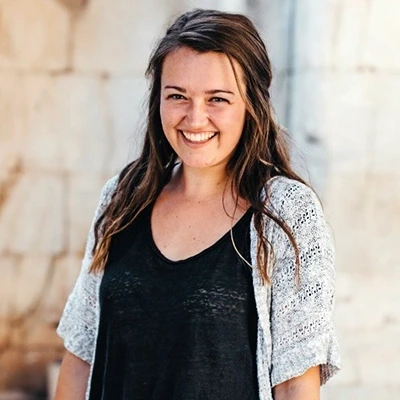
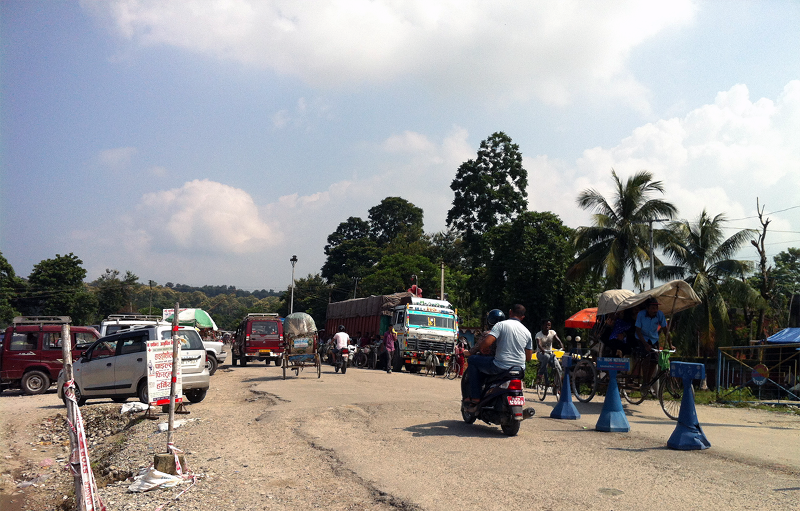
/bimala_feature_blog.webp)

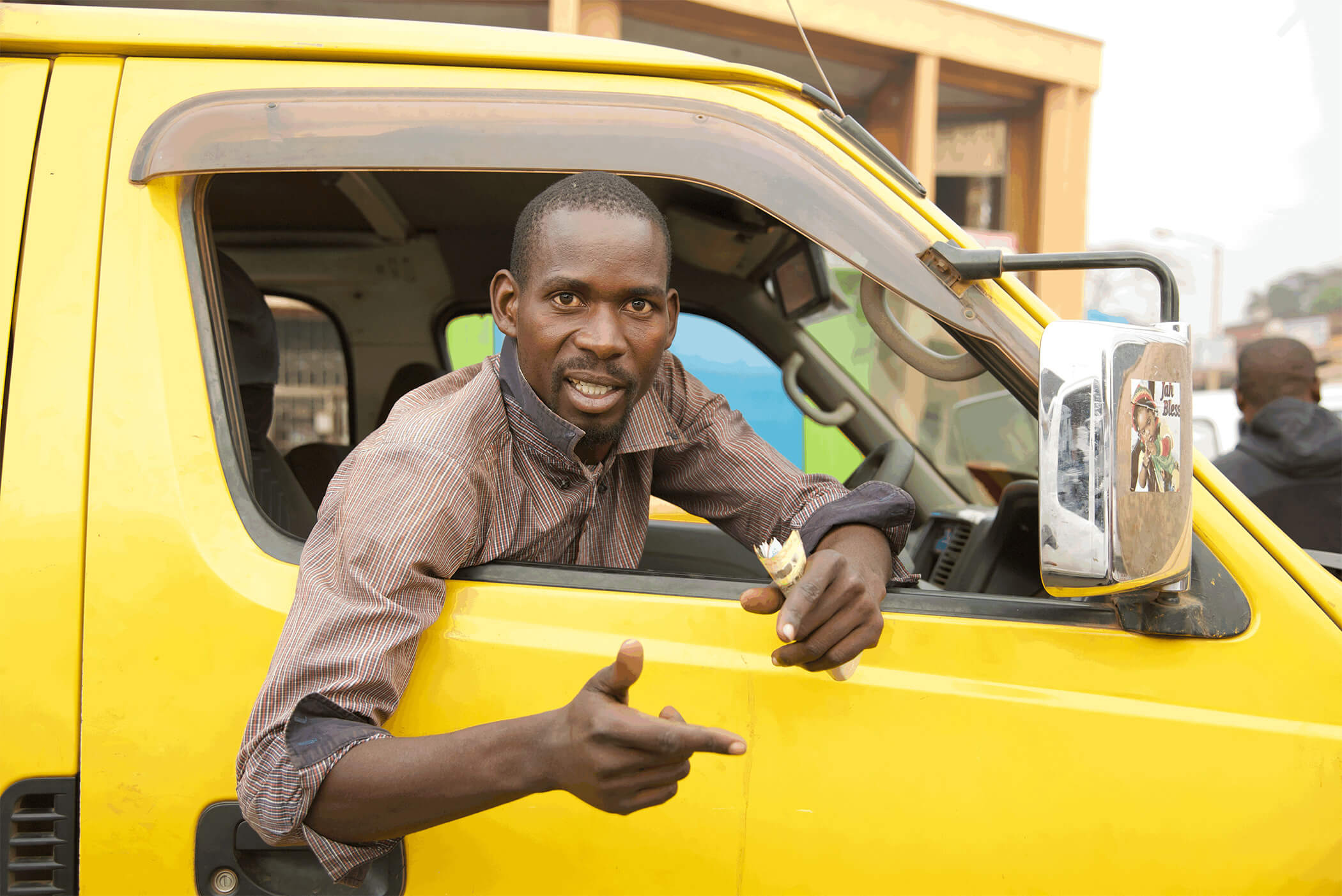
/boy_girl_asia_streets.webp)

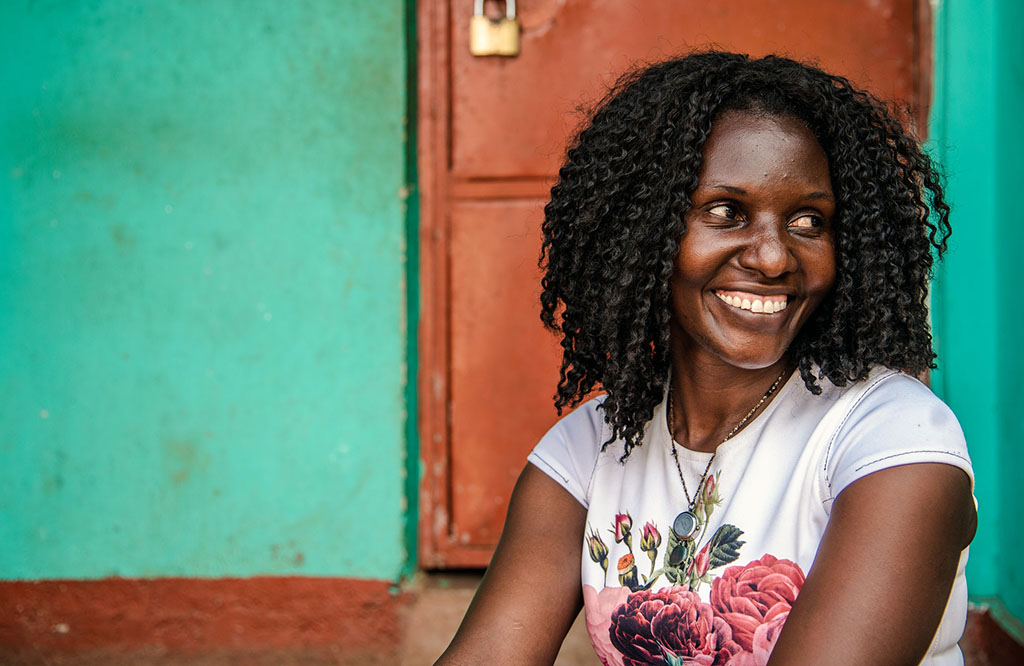
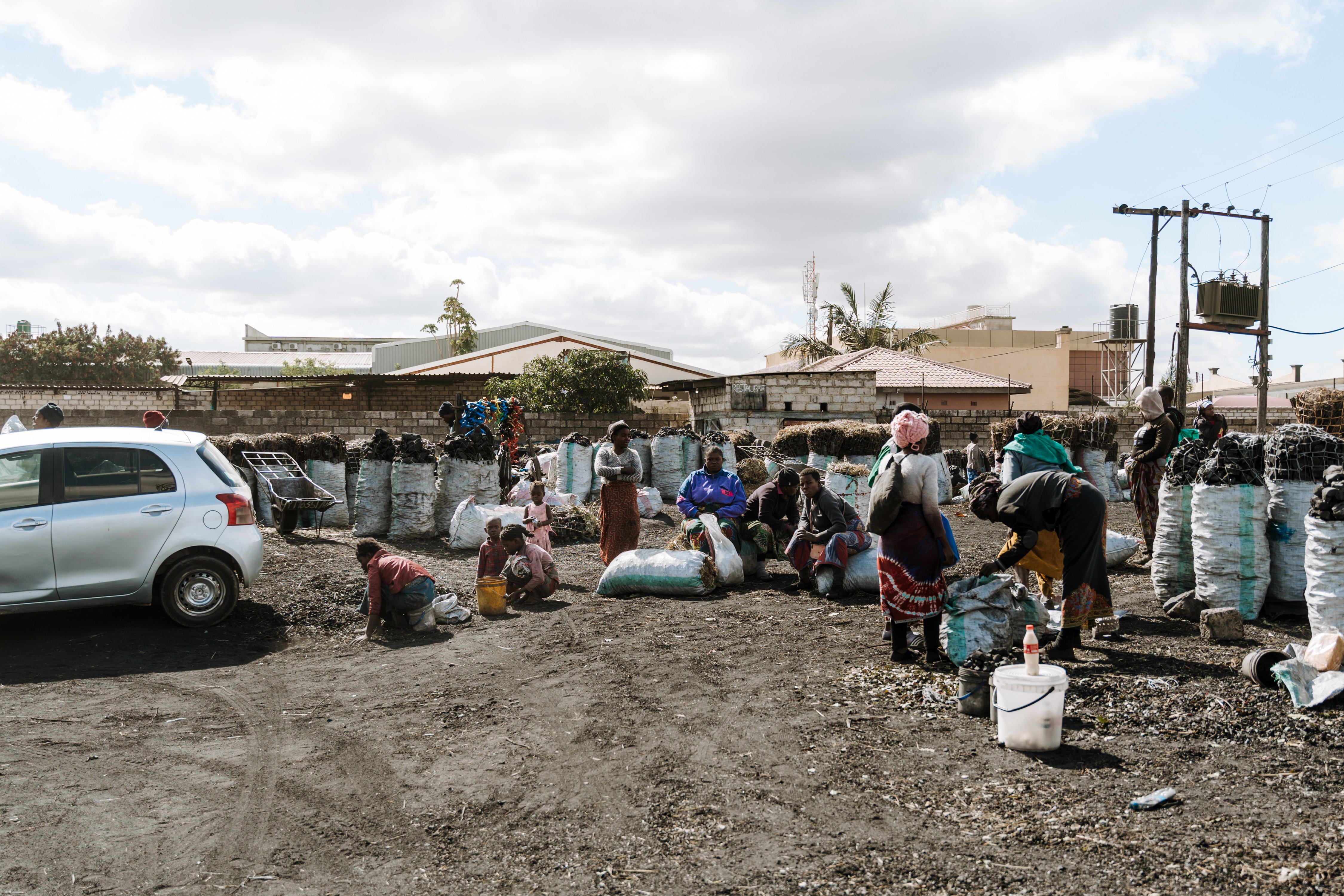
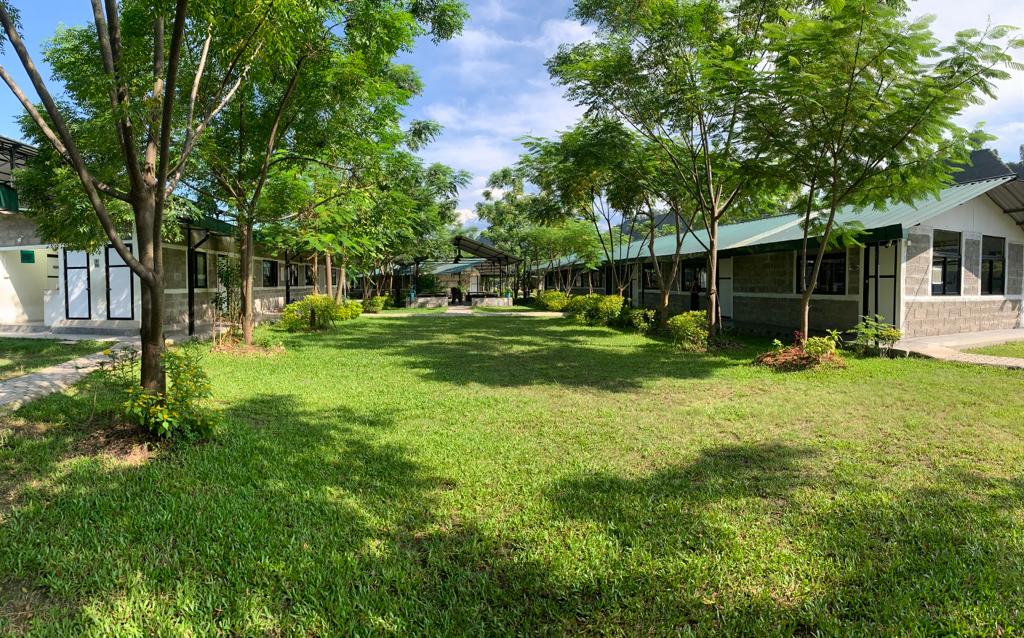
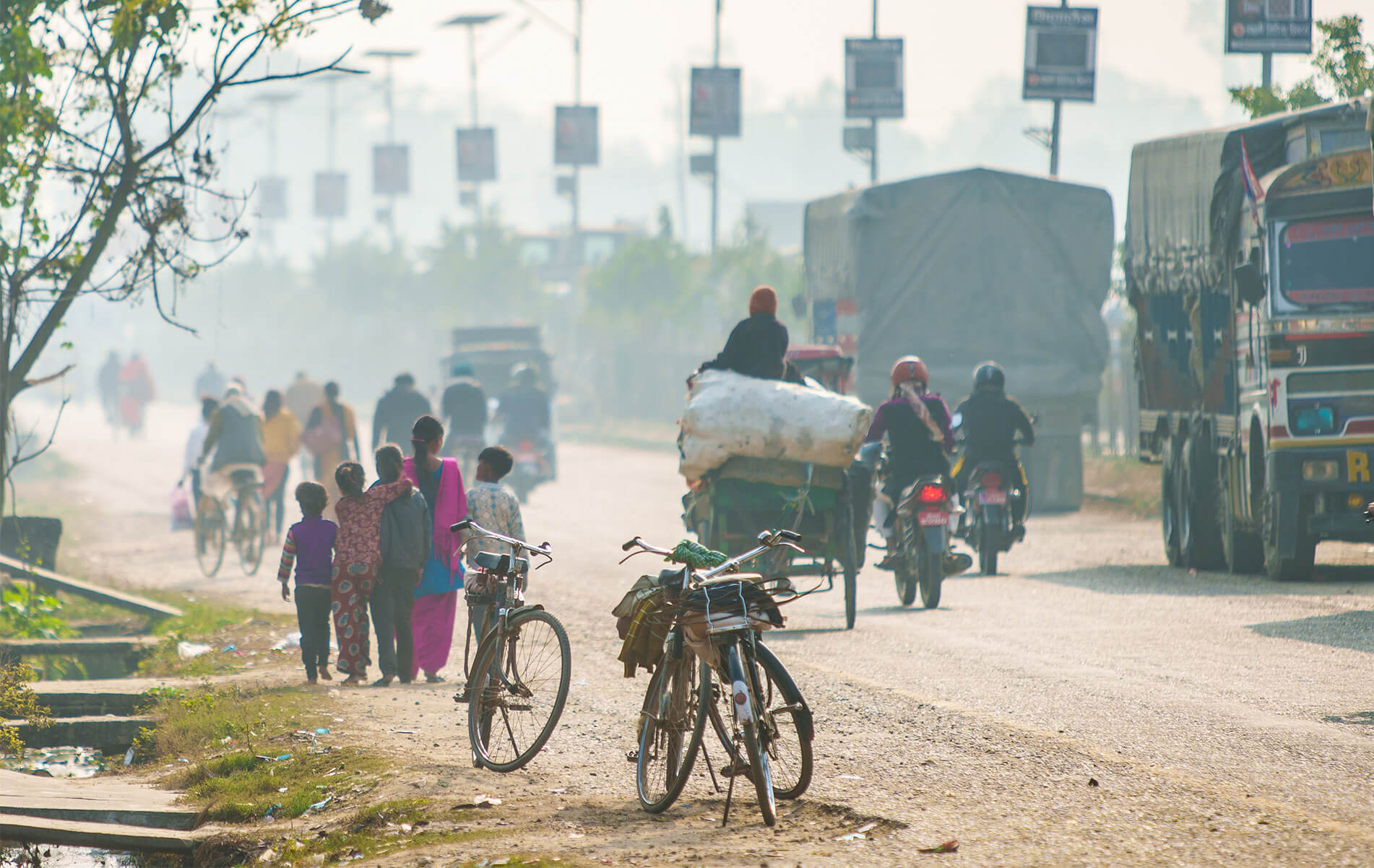

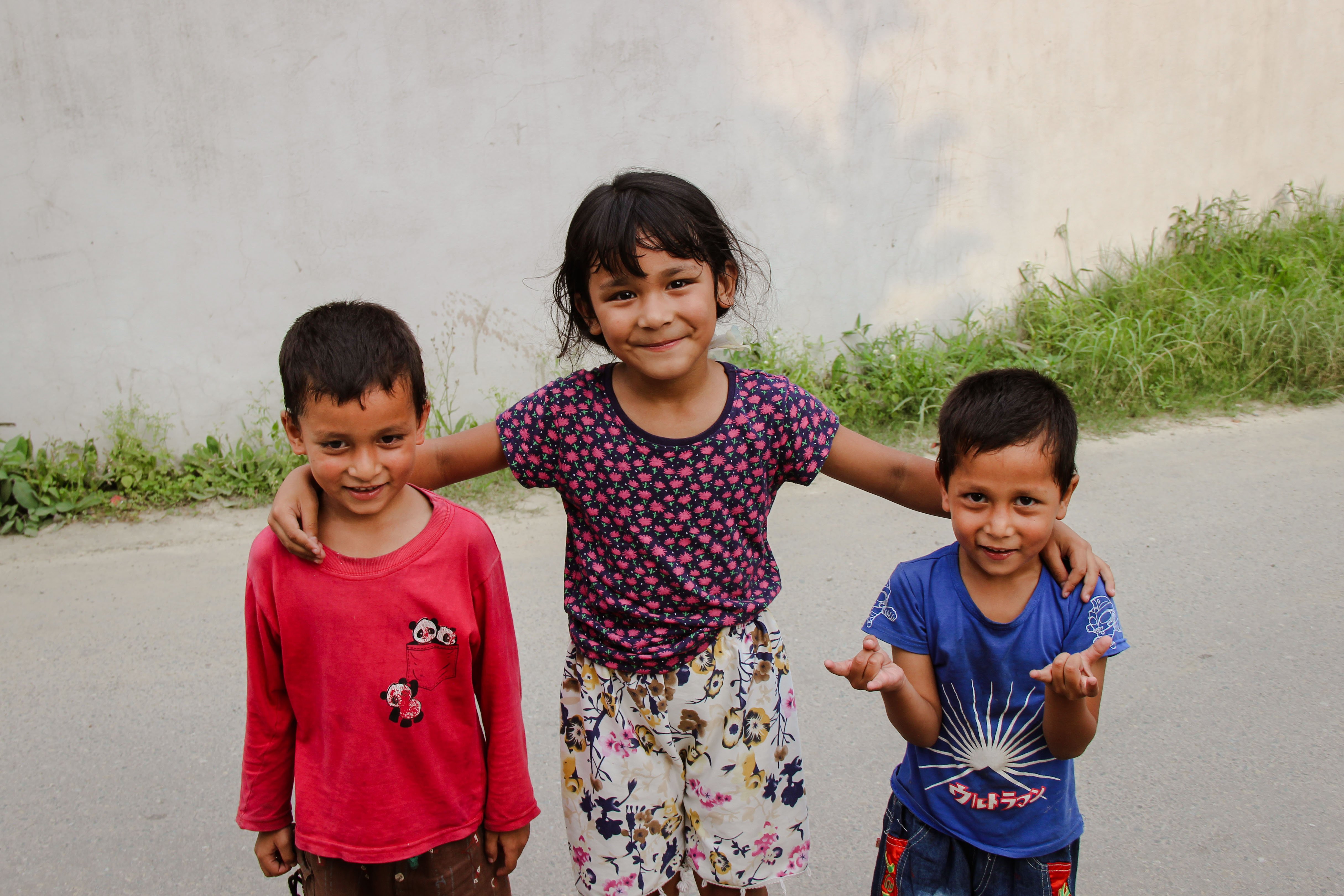
/asia_brothel_girl.webp)

/trafficking_benin_featured_image_size.webp)
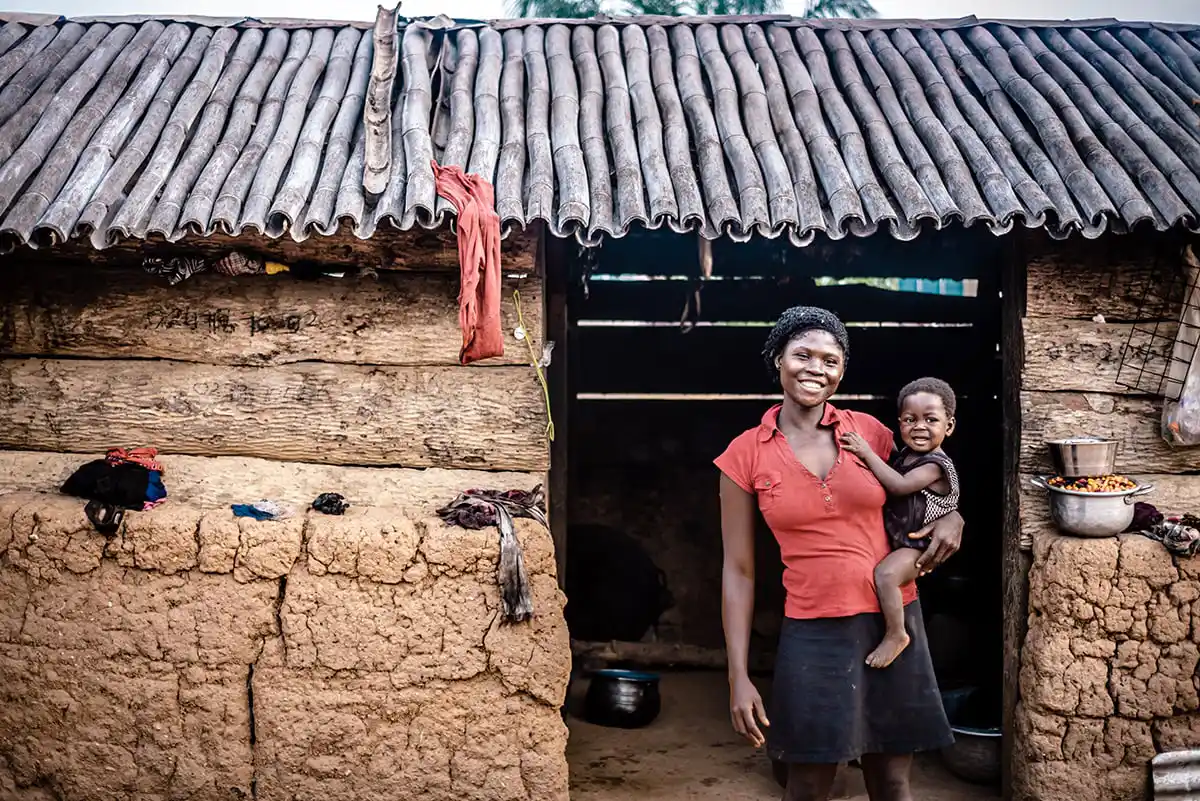
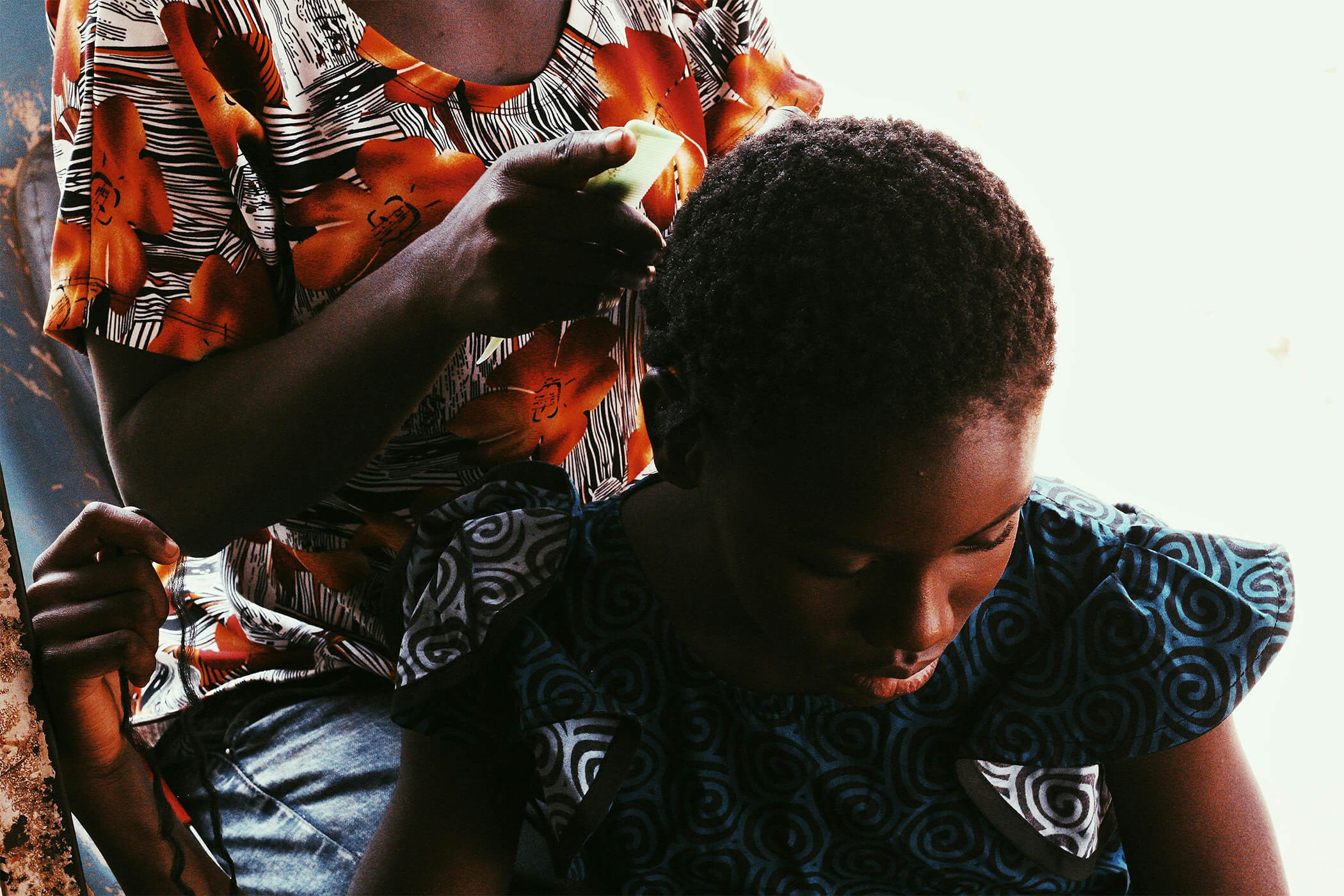
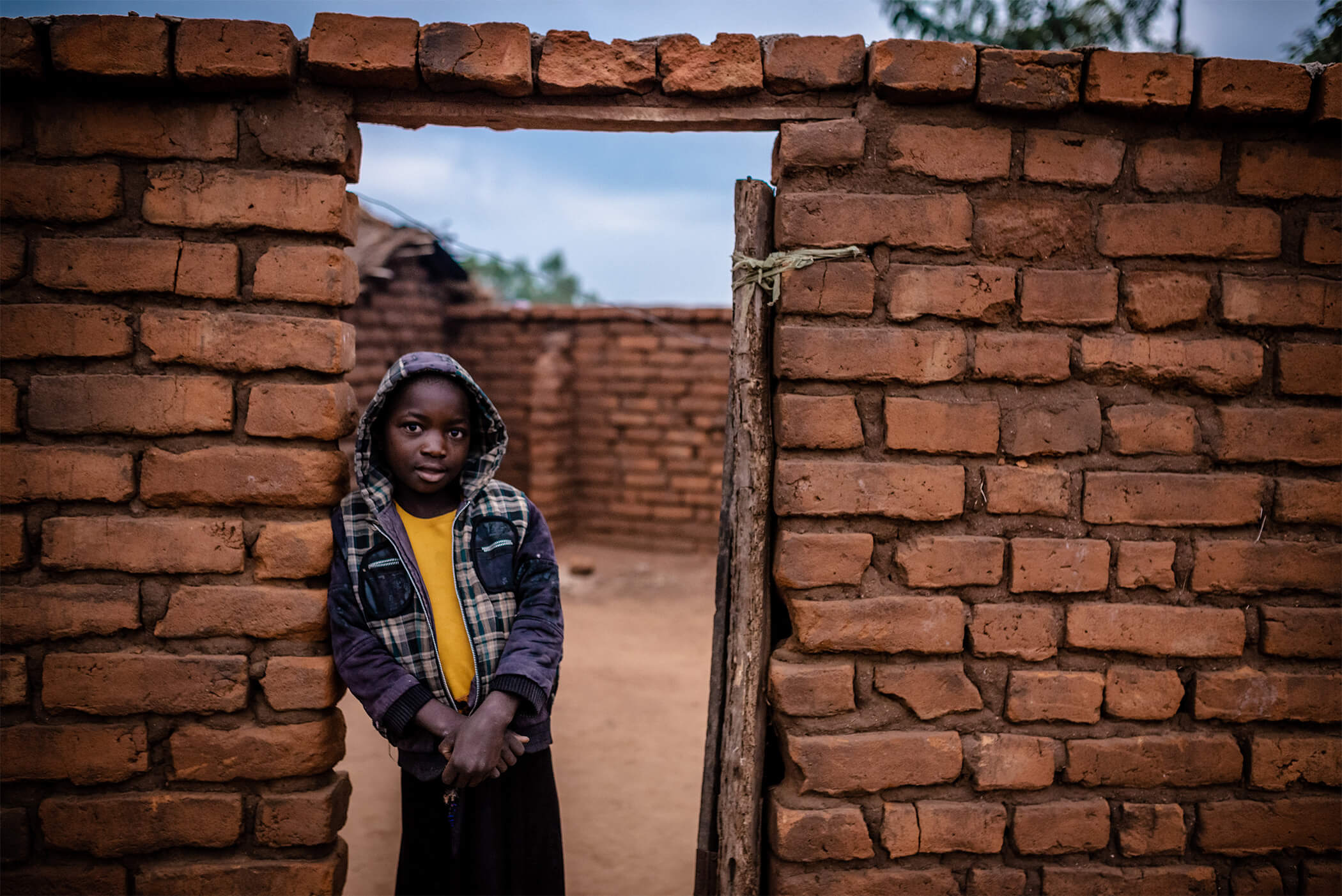
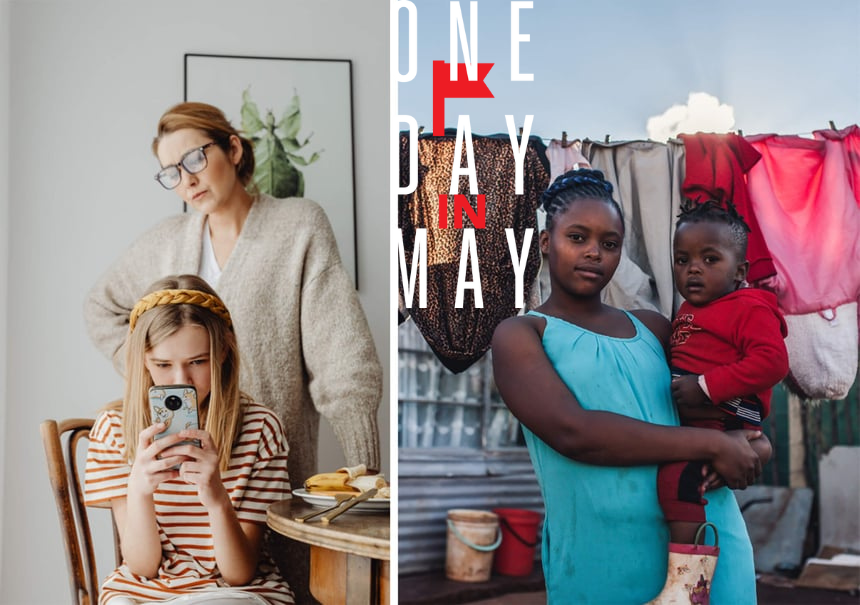
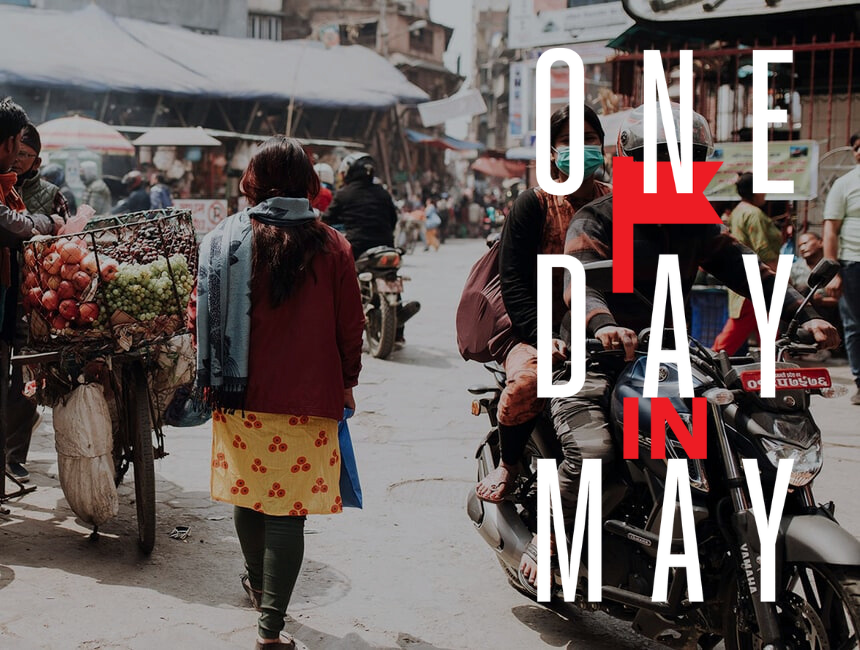
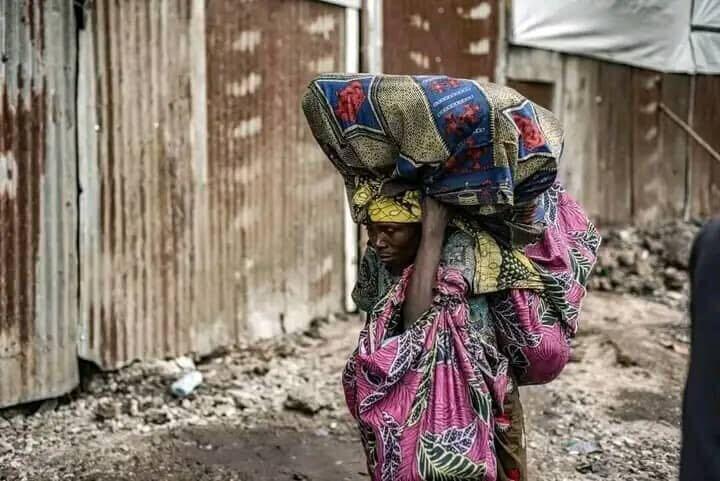
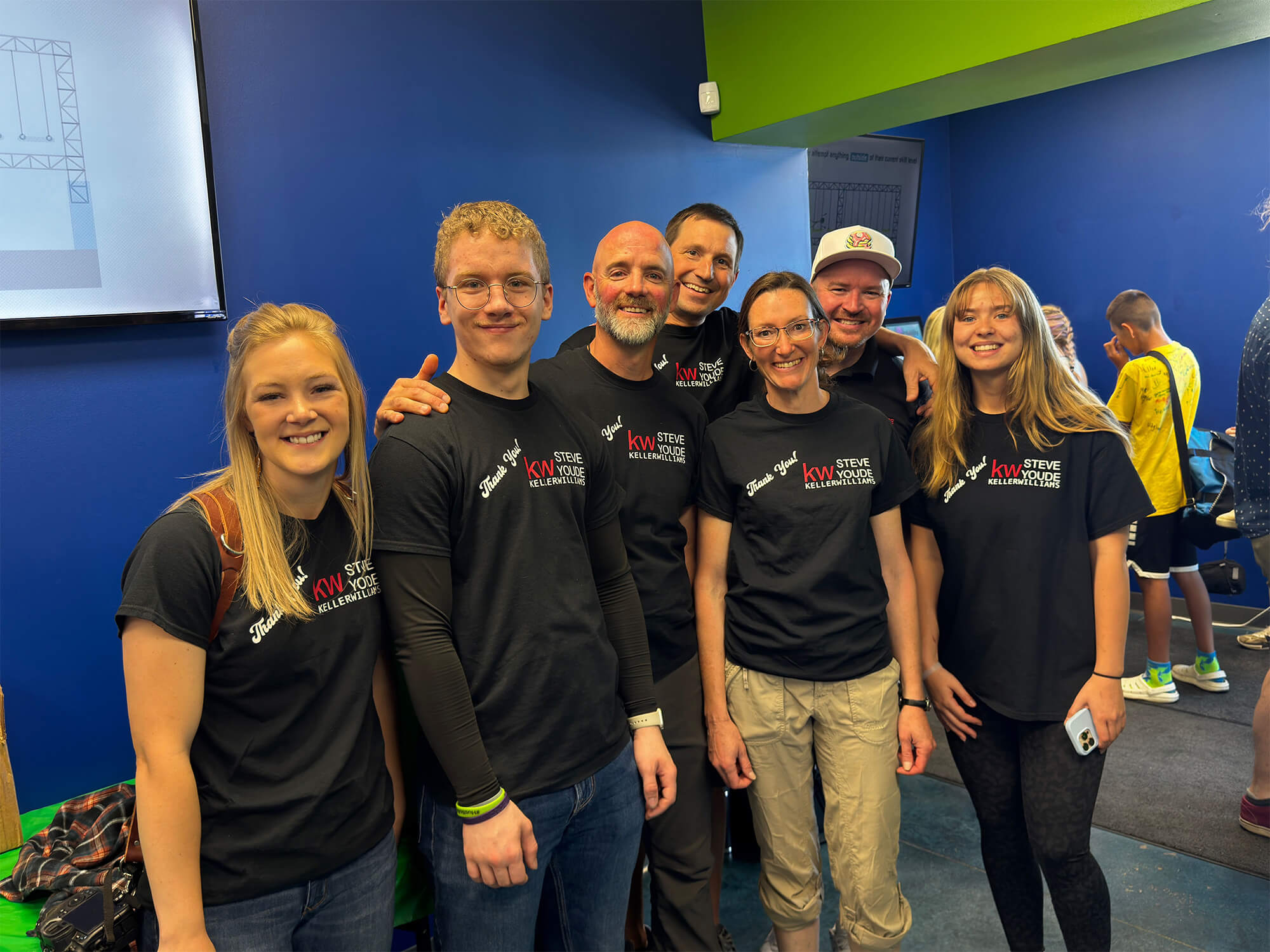




Post a comment